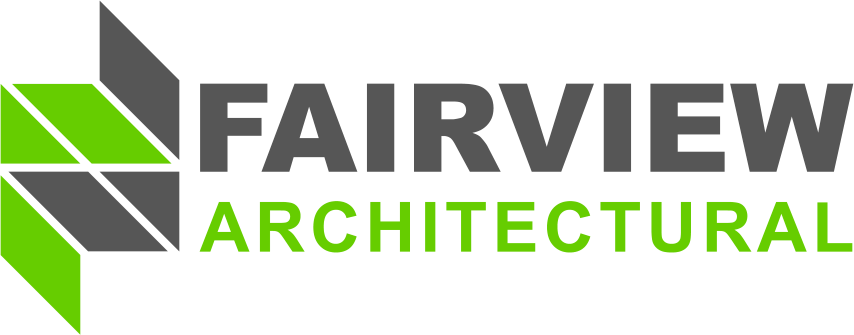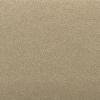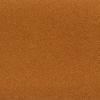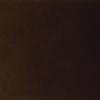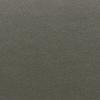(This article was originally published on www.FLSustainability.com)
In Southeast Washington D.C., a site formerly owned by CSX has been developed into a unique urban complex designed by R2L:Architects. The three buildings feature Vitrabond® aluminum composite panels produced by Fairview Architectural, which are two sheets of 0.02” aluminum fused to a fire-retardant mineral-filled core, for a total thickness of 4mm (0.157 inch)1. The panels use 70% less aluminum than conventional 1/8” aluminum plate, thereby having the advantages of aluminum but in significantly lower quantity. This is significant considering virgin aluminum is especially energy-intensive to produce2, but aluminum can be considered highly sustainable when used sparingly.
Compared to steel, aluminum is stronger and more lightweight. The material of the core, thin as it is, is based on minimally processed minerals that are compatible and fusible with the extremely thin aluminum sheets. The Vitrabond® panels are an example of dematerialization, the concept of using less material to fulfill an intended purpose. This correlates with less embodied resources and lighter weight load. As another factor to sustainability, the panels have minimal maintenance and outstanding longevity.
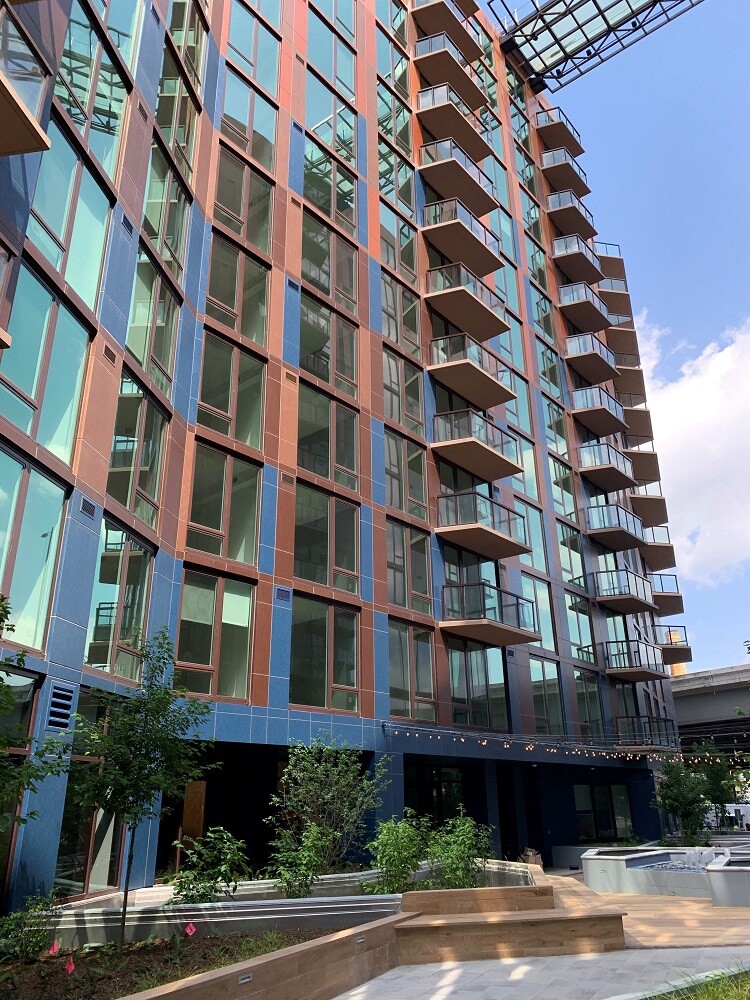
Palette of Finishes
The exterior finish is a polyvinylidene fluoride (PVDF) finish meeting AAMA 2605 performance standards3, providing an exceedingly high level of durability. Additionally, PVDF finish-coating resists dirt accumulation because of its fluoropolymer formula2. There is an array of PVDF finish coatings for not only color options but also gloss level, texture, and color mottling. The finish is factory-applied by coil coating4, a highly automated and highly efficient process. On a continuous coil coating line, the aluminum sheet is uncoiled, pretreated, primed, coated, cured in finish oven, and recoiled. With layered coil coating capabilities, variations such as blotches, markings, or patterning of coats are applied in sequence according to preconfigured design having a collective aesthetic effect. The resulting coil-coated print can have a distinctively aged and weathered appearance, while in actuality it is exceptionally resistant to aging and weathering. Specifically, the finishes used at CSX East, as shown below respectively from left to right, are Nimitz Blue, Azure Patina, Longhorn Rust, Nebula Blue, Mesa Rust, Mojave Rust, and Sierra Rust. Fairview Architectural takes special ownership of having worked in coordination with the architect to develop these customized faux metal finishes.
Production of Panels
Sustainability in the architectural industry involves considerations of the building materials, specifically raw materials, supply chain, and characteristics of the end product. The Vitrabond® aluminum composite panels are produced by merging the PVDF top-coated aluminum sheet fed from above, with the mineral-based core material as a heated extruded layer fed laterally, along with the backside aluminum sheet fed from below, together passed through rollers in a continuous automated process. The combined interactions of cooling, drying, and pressure cause fusion of the aluminum sheets to the core material as an incredibly thin rigid composite, having a top-coating that is exceptionally durable to the exterior environment.
Method of Attachment
Vitrabond® panels can be integrated into numerous attachment systems available to the building industry. Specifically at CSX East, the panels were fabricated and installed by Custom Walls & Windows, Inc. (CWW). Fabrication involves cutting to size, then routing and folding at the perimeter edge to result in a continuous return for attachment and jointing of respective panels. The CWW RR200 (Rout and Return) system is used, consisting of intricately small linear aluminum profiles to which the panels attach. The aluminum profiles are fastened through plastic shims, which function as a thermal break, to z-girts as a spacer for 2” of semi-rigid insulation. Joints consist of 1/2” gap which is sealed with Precora 890 silicone sealant. Shown below is a detail of the assembly.

References
1Vitrabond® Aluminum Composite Panel Technical Information. 2013. Fairview Architectural.
2Ehrlich, B. 2014. Cladding: More Than Just a Pretty Façade. Environmental Building News 23(9): 1-10.
3Vitrabond® Technical Manual. 2020. Fairview Architectural.
4Vitrabond® FR Metal Composite Material, Façade System Specification Template. 2016. Fairview Architectural.
